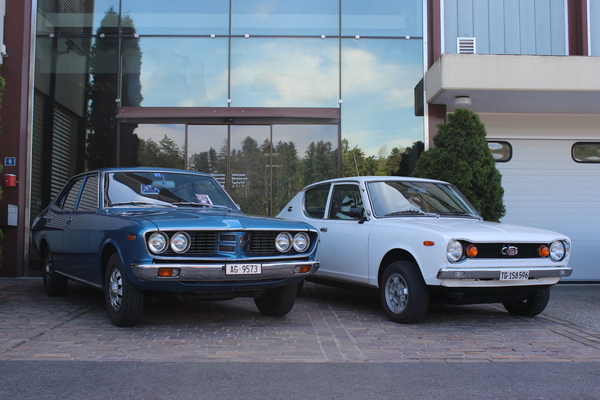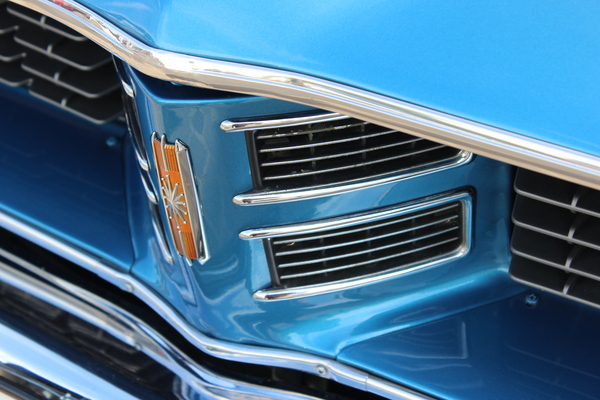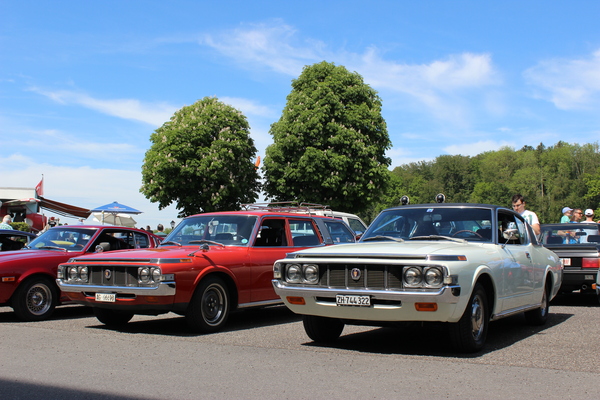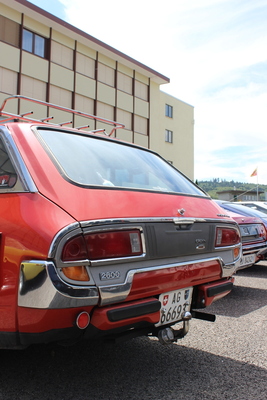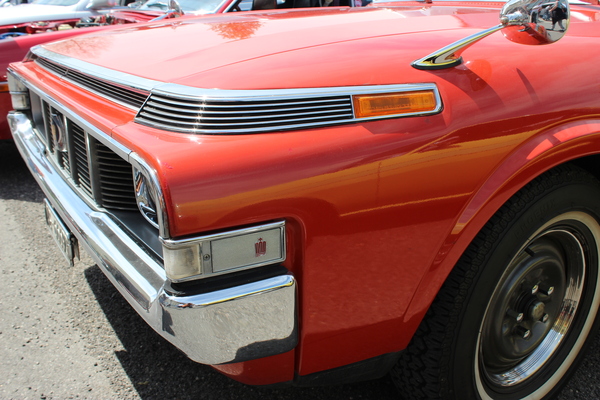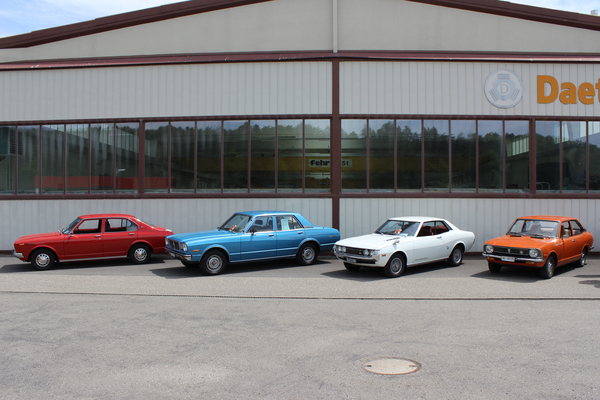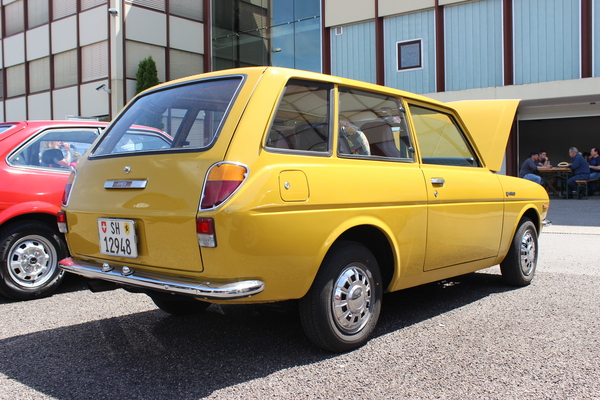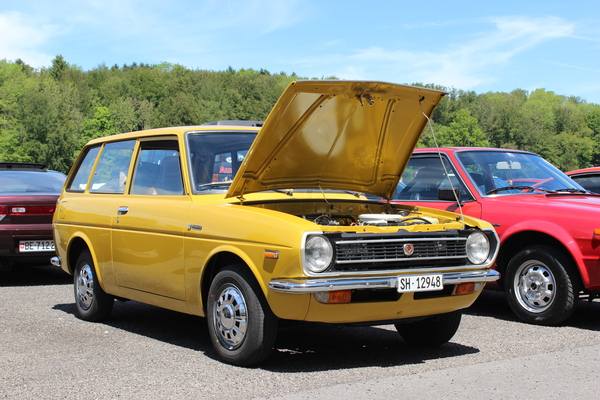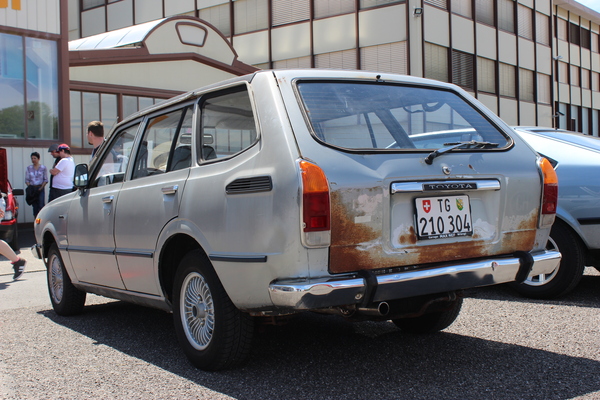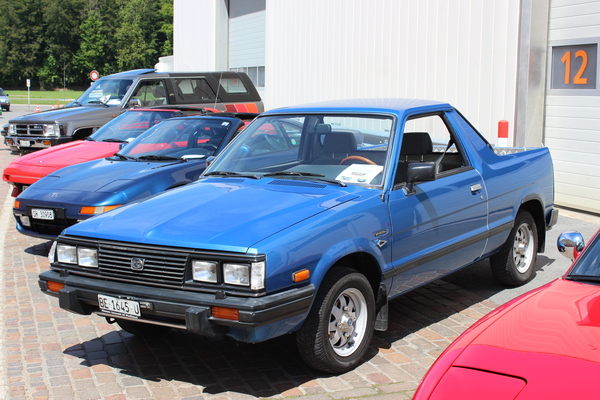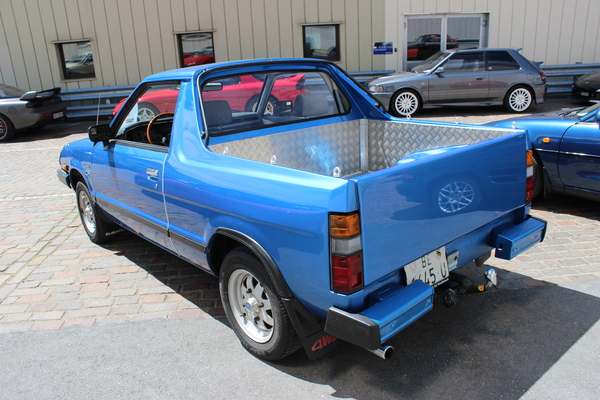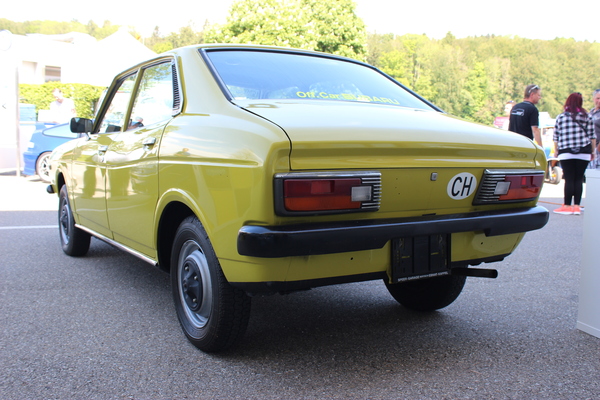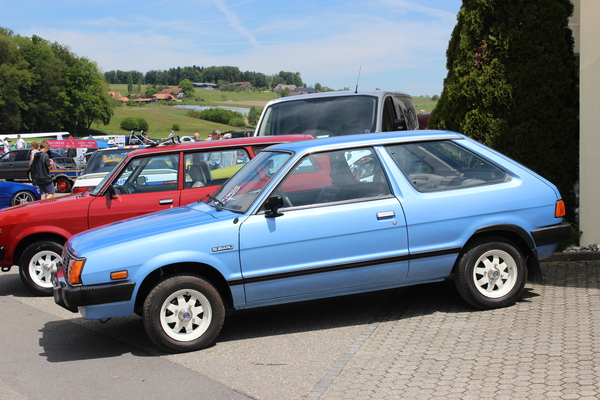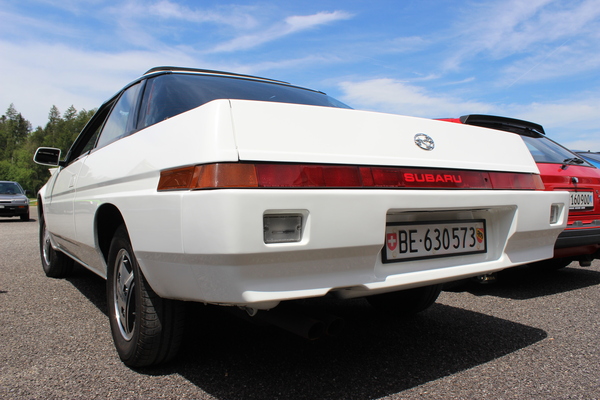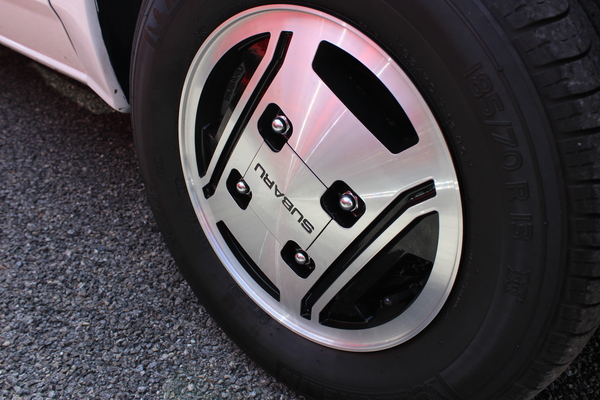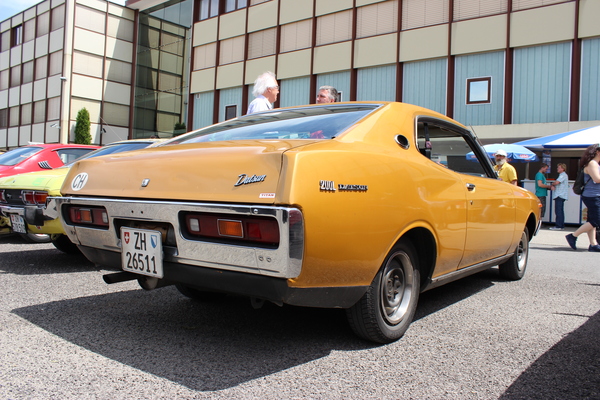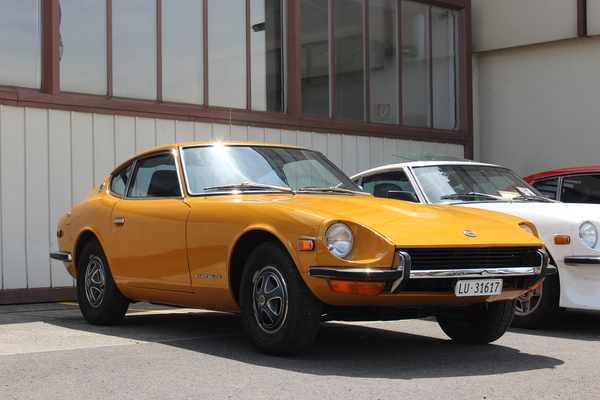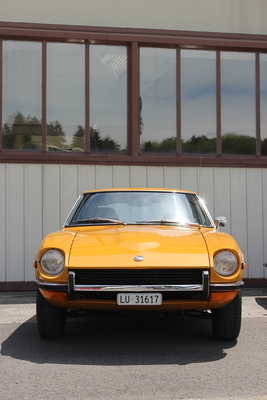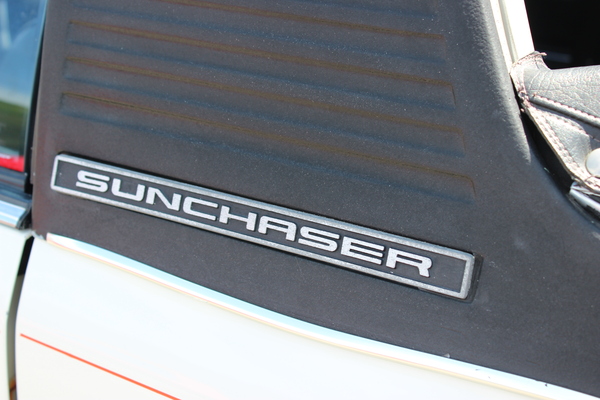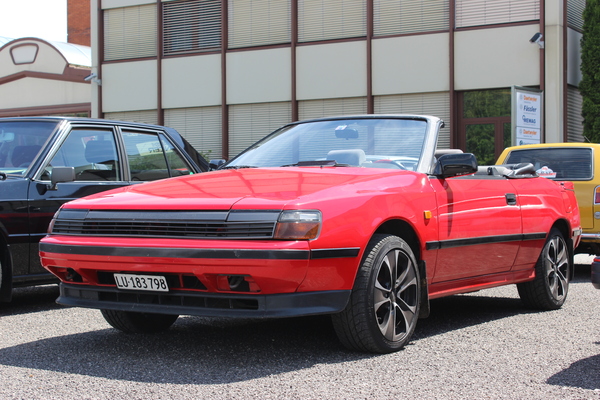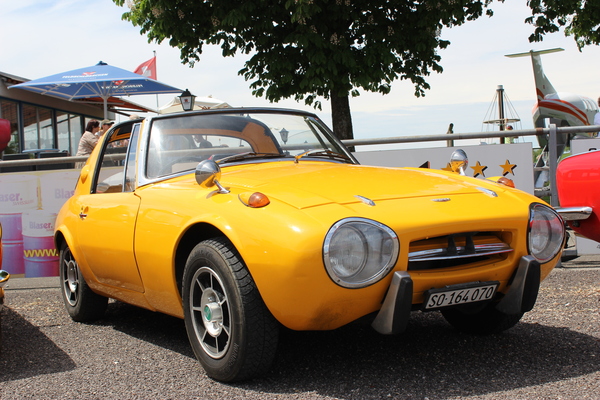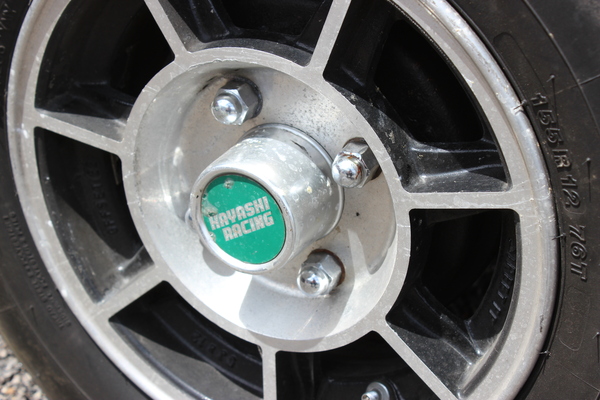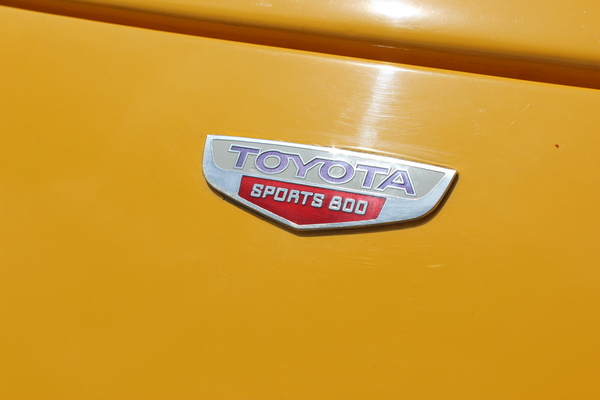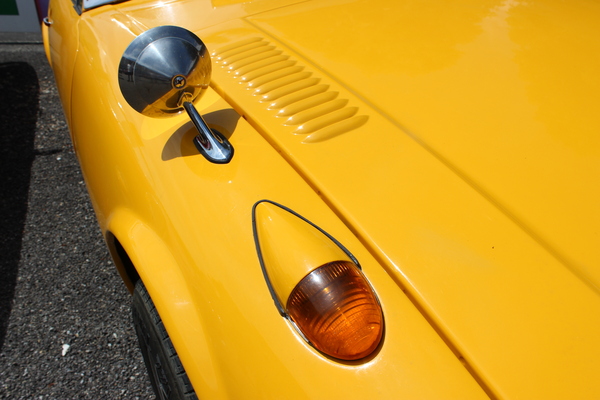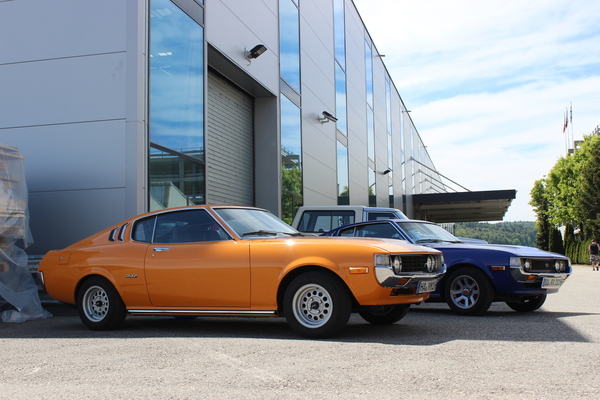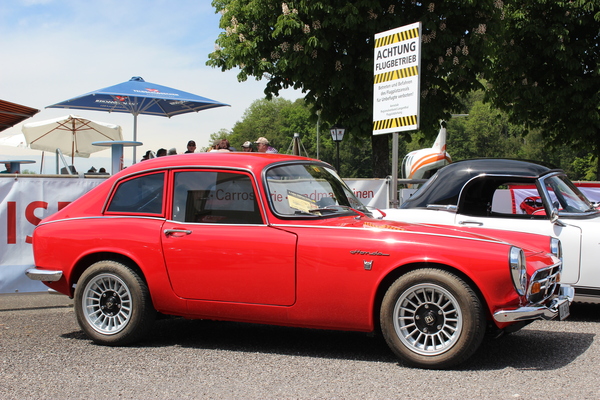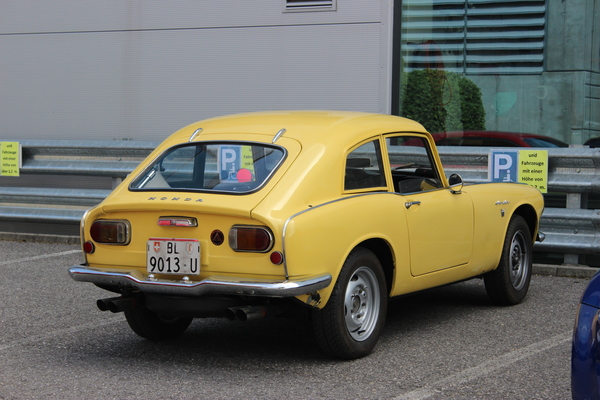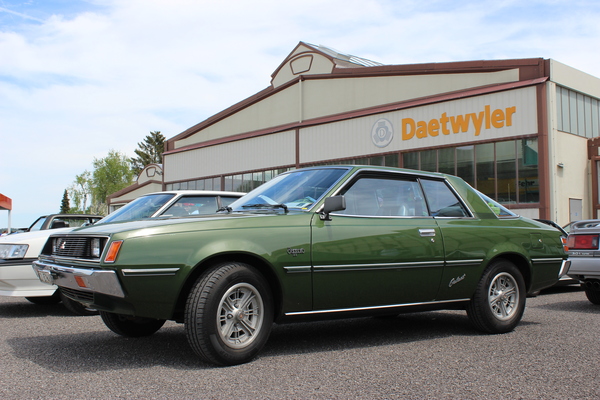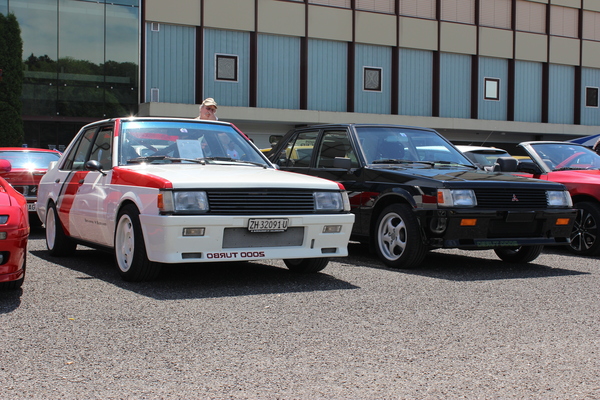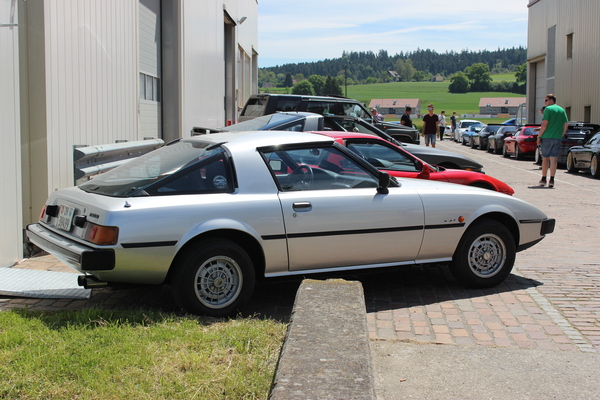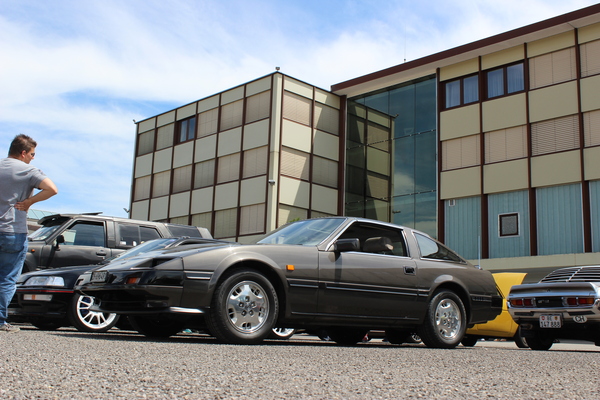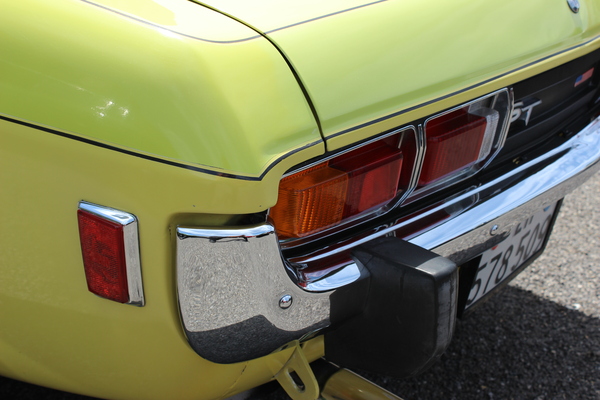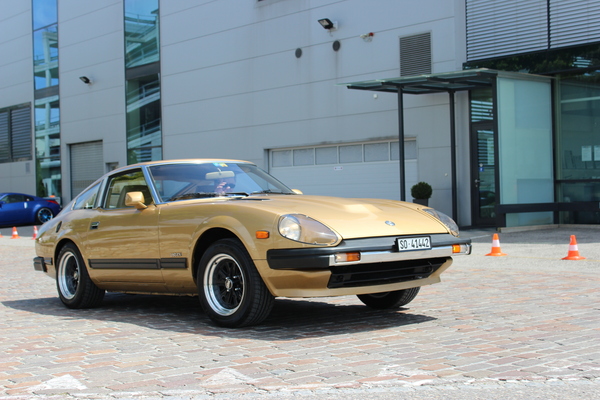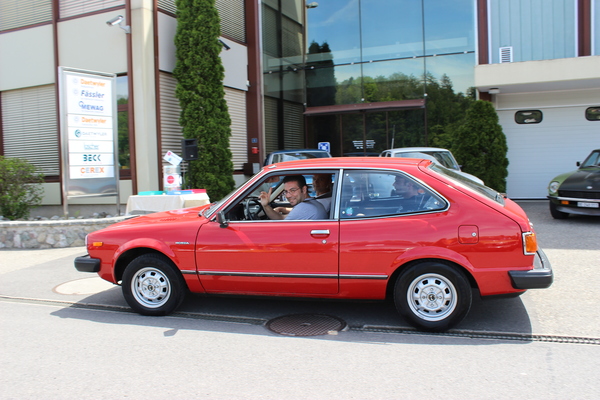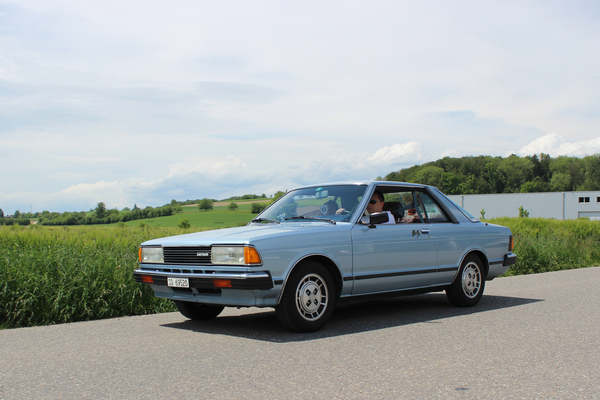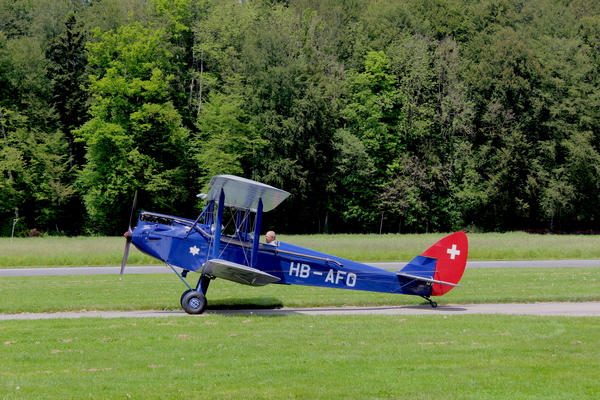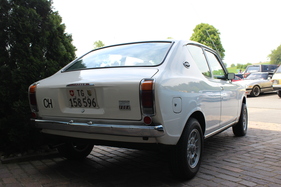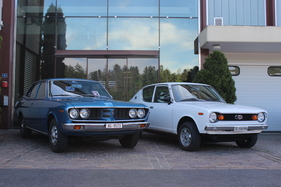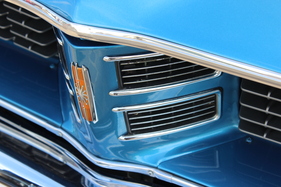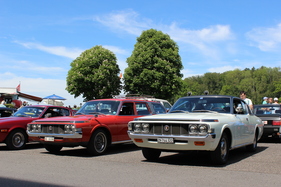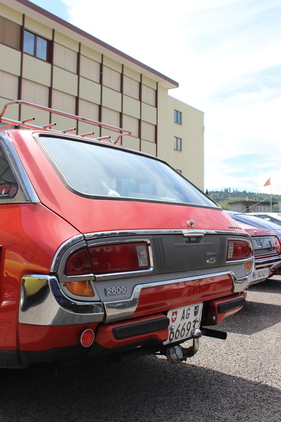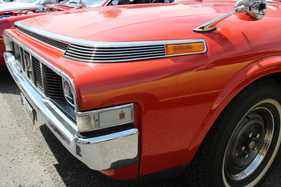Successful 8th Japanese Young and Oldtimer Meeting on May 22, 2016 at Bleienbach airfield in the canton of Bern. Thanks to the good weather and the fact that the event is now very well known, over 300 Nippon oldies and a large number of curious spectators attended.
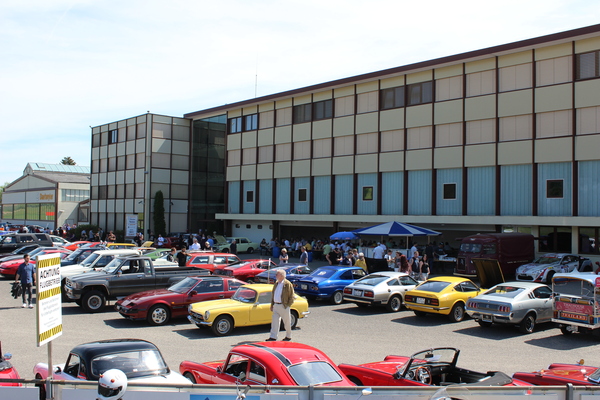
Vintage and classic cars from Japan are slowly turning into collector's items, even if they are not in demand. With the exception of the priceless Toyota 2000 GT, at most the Datsun 240Z, the Honda S600/800 or perhaps the Toyota Celica are considered worth collecting. But the situation is improving, because Nippon cars have set milestones in many areas and really shook up the global market structure from the 1960s onwards.

The comparatively small Swiss scene therefore met last Sunday at Bleienbach airfield in the canton of Bern for a rendezvous, with the focus clearly on everyday vehicles from the sixties and seventies as well as tuned youngtimers from the modern era. Very early models only rarely found their way to Europe. A brief look back at the Nippon scene explains the situation.
Switzerland is Japan country
Switzerland is known to be more open than other countries due to the lack of its own car production. The huge US car scene is an eloquent example of this. However, vehicles from Japan also had more opportunities here than elsewhere. It all started in the mid-sixties. With robust technology, extensive equipment and an unbeatable price, they conquered local buyers. Things like five-speed gearboxes and electric windows in particular were often not a luxury, but were included as standard. After initial skepticism, more and more owners began to appreciate the reliable and unpretentious Datsuns, Toyotas, Mazdas and Mitsubishis.

However, compromises also had to be made. The design was often somewhat baroque, the spare parts were rather expensive, the chassis simple, and the choice of colors or equipment was not very large for the pre-assembled and already landed cars. If you wanted a differently configured model, you often had to wait for the next shipload - and that could take time. Rust was the biggest enemy of everyday cars that were used in the rain and on salted winter roads, which explains the current low stock.
Heterogeneous classic car scene
Despite these circumstances, some of the early Japanese cars reached the nineties as youngtimers. For a long time, these exotic cars were not welcome at classic car meetings. They had no history and were considered too banal and not worth collecting - see above for exceptions. Many people did not know that some Japanese car manufacturers had already started producing cars before the 1930s. And finally, the "Europeans buy Europeans" mentality was still in many people's heads.
It was only around 15 years later, around 2005, that the everyday cars of that time matured into much-loved classics. These cars, which have almost completely disappeared today, stand out due to their quirky Sixties or Seventies design, which was often based on American models. And of course the bright colors; but these were also found on other cars of the time.

Groups of like-minded people, mostly brand clubs, were already forming in the 1980s. Over the years, they were renamed, dissolved, re-formed and dissolved again. The scene was small and people knew each other. But there were also owners who had nothing to do with club life and looked after their Japanese cars in their own garage. This is how the scene developed over the years until Kurt Hofstetter (Mazda) and Werner Bügler (Datsun) talked about organizing a Japanese young and old-timer meeting.
From Uster via Gloten to Bleienbach
Two years later, on July 5, 2009, the 1st Japanese Young and Oldtimer Meeting was held at the classic car market in Uster. With around 130 Japanese classics, it was an immediate success. In addition to Kurt and Werner, other friends of Japanese cars helped out: Andreas Bühler, Jürg Thalmann, Thomas Pfenninger, Bruno Affeltranger and Hans Mäder.
After three meetings in Uster, the time came to organize the event independently, and so a new location was found in Gloten near Sirnach in 2012. The meeting was successfully held at the new location for a further three years, and over time the event developed into the most important cross-brand meeting for Japanese vehicles. Top-class and very rare rarities made an appearance on those days. Whether club members or mechanics in their own garage: the uncomplicated meeting attracted them all.

As the venue was no longer available in 2015 and there had also been some changes in the OC due to professional or personal changes, a new organization was needed. At the 7th meeting on May 24, 2015, Heiko Seiler, a fan of the Datsun brand, finally stepped in.
The new venue was Bleienbach/BE, where the well-known classic car meeting already takes place on the last Sunday of every month from March to September. Heiko was supported by Werner Bügler, Peter Dättwyler and many other good spirits. A new website was created with all the latest dates and information. In 2015, over 200 Japanese classics at least 20 years old appeared in Bleienbach; another great success.
350 Japanese, all free of charge
But this year everything was to be topped. An inquiry at the "entry control" revealed that they had stopped counting at 300 cars. There must have been around 350. And once again, neither spectators nor participants were disappointed by the truly top-class mix of everyday classics and gems. Every half hour, a special or everyday car was presented in detail.
Many participants came with vehicles that were in surprisingly good condition, often in unrestored original condition or with signs of use. Some visitors had a special kind of aha experience when they saw a car that they had long since erased from their memory. For example, when was the last time you saw a Datsun Cherry 100A, a Toyota Corona Mark II or a Mitsubishi Galant Sapporo with its fine, plush seats?

Surprisingly, a large number of Honda S800s turned up, and the Toyota Sports 800 is also a real rarity. And finally, there was probably the very first Subaru registered in Switzerland. It came to Switzerland in 1974 in a batch of just a few cars. But the brand was initially unsuccessful. That changed later, as we know today. Unfortunately, cars from the period between the 1930s and the early 1960s were missing. There still seems to be a "collection gap" for really old Japanese vehicles. After all, getting hold of such cars is not likely to be all that easy. But what is not yet...

Some of the exhibits are youngtimers from more recent times, most of which are not in their original condition but have been tuned, pimped and spruced up; usually with a young crew. This is a special feature of this scene and should not alienate collectors who value maximum authenticity.
Incidentally, the event is financed purely through sponsorship; neither participants nor spectators have to pay admission. We would therefore like to take this opportunity to thank the sponsors, OC, participants and, of course, the numerous visitors who made this event truly worth experiencing. Fans of classic cars should mark the 9th meeting on May 21, 2017 in red in their calendars, as it will be hard to find so many Nippon classics in such a small space.



